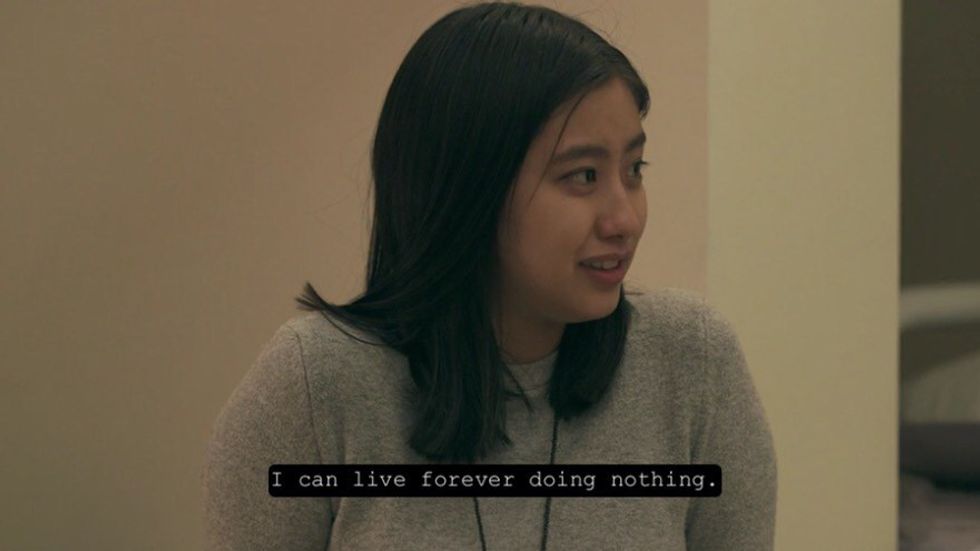The year 2016 may be unpopular with the world in general, but it was a good year for Netflix. After the 2013 success of their first original series, "House of Cards," shows like "Orange is the New Black" and "Daredevil" quickly gained followings. Netflix now has an almost endless list of original programming: "Stranger Things," "Luke Cage," "Narcos," "Sense8," "The OA" and "The Get Down" are just a few of the shows that were released by Netflix in 2016, only to be binged by viewers everywhere, completed as fast as the last slice of Christmas pie.
Another thing Netflix excelled as this year was providing viewers with international shows. British shows like "Lovesick" and "The Crown," and recent releases like Canada’s "Travelers" and Brazil’s "3%," are programs which span genres and are quick to draw viewers.
One of Netflix’s less well known series is "Terrace House," a Japanese reality show that Netflix co-produces. The show is long running in Japan, having started in 2012. This year, the season produced with Netflix, titled "Boys and Girls in the City," gained a following and the show was picked up for another season set in Hawaii.
"Terrace House" is a reality show in which six people – three girls and three boys – share a house. They’re provided with the stylish house, two vehicles, and no script. Think "The Real World" or "Big Brother," but without the challenges and screaming matches. The housemates all continue their lives outside of the house, working as models, construction workers, architects, chefs or students. The show airs in Japan (with episodes available for the housemates themselves to view) as it is filmed.
Ultimately the show centers on the pretty mundane lives of six people. There is drama – my favorite episodes center around what is designated as “The Meat Crime” – but there is also a heavy emphasis on communication and respect. It’s a more relaxed take on the reality show format we’re used to in America. It’s also filmed well, featuring a cool color palette and sleek aesthetic.
There are forty-six, thirty-minute episodes of "Terrace House," which seems intimidating. But the interesting part of the show is that the residents rotate, making it easy to take breaks while watching the show. Each resident stays in the house for about three months before moving on and being replaced by a new member. There’s an exception to this in Arman, a laid back and lovable guy from Hawaii, who seems to stay at the house for almost the entire show. But, hey, it’s nice to have a constant.
Another constant in this rotating cast are the commentators. The panel of commentators takes the place of any host or judges you might find in a reality competition show. The "Terrace House" commentators are a group of six comedians who do exactly what we do: they watch the episodes. Each episode that the viewer sees is broken up into segments focusing on the house members and segments where the commentators react to the show, whether it be with jokes and criticisms, or with insights into the actions of the housemates. At first I was put off by this aspect of the show, but it quickly became one of my favorite parts.
"Terrace House" is an interesting insight into the lives of young Japanese people, as they strive for their goals and also try to find love. It’s refreshing to watch a reality show as relaxed as this one.













































